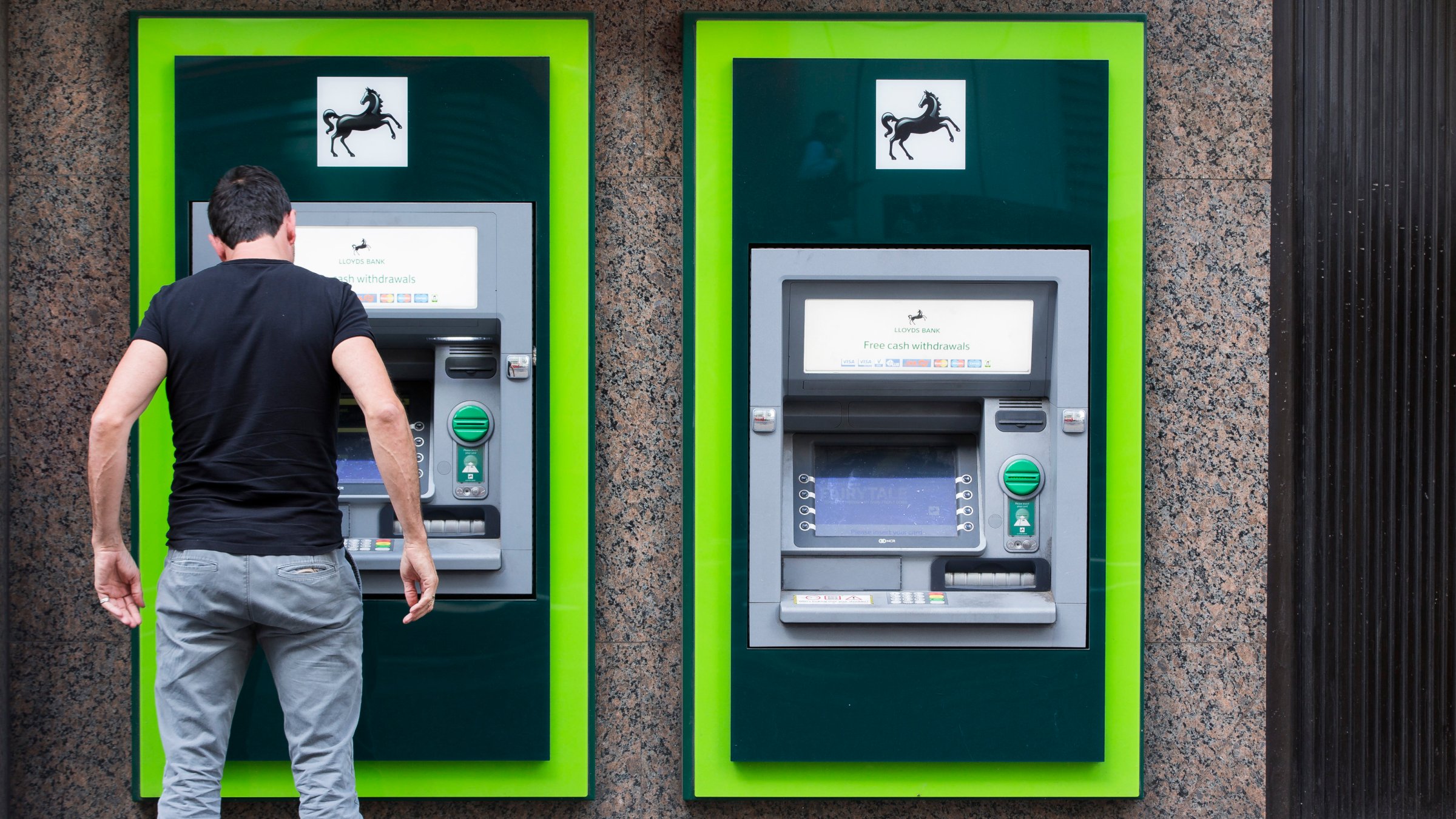
That ATM you’re using may not be safe.
As my colleague Daniel Roberts points out, citing a report in the Wall Street Journal: “withdrawing money from an ATM is more dangerous than it’s been in a long time—specifically, the worst it has been in two decades.”
The story features some alarming statistics from credit-scoring company FICO. Security compromises of debit card data that have been traced to ATMs on-site at banks rose 174% from the beginning of the year to April compared to the same time last year. And off-site ATM fraud spiked 317% in that time versus the same period last year.
In other words, criminals are having a heyday. So how can you remain safe when banking on the go? Here are Fortune’s top tips to keep you from getting ripped off:
1. Cover up your personal identification number
Shielding the ATM keypad as you type in your security code will help prevent onlookers from glimpsing your PIN. It’s a simple solution but one of the best ways to thwart so-called shoulder surfers from stealing your passcode. (Be careful of video cameras, too.)
2. Check for compromised machines
One of the most popular means by which criminals steal payment card data is through a device known as a “skimmer.” A crook will plant one of these gadgets on the “swipe” or “dip” port on an ATM, where it may read the magnetic strip on your card and rip its data. The thief can then create counterfeit cards, or use the card information to make purchases online.
3. Use ATMs on bank premises
ATMs that are on-site at your bank are less easily tampered with than ones outside. Just look at the numbers provided by FICO, as mentioned above: 174% increase in compromises for bank-based ATMs versus 317% increase for the rest.
4. Limit your exposure
Using ATMs less frequently will lessen the risk that you’ll encounter a bad machine. Try taking out larger sums of cash less often, or conducting more business at the counter or via mobile apps.
5. Promptly notify your bank of any bad transactions
If you suspect that something is amiss, call your card-issuing bank immediately. Many of them require that you notify them of unauthorized transactions within a 60-day period after you receive your banking statement.
Heed this advice, and stay safe out there, friends.
More Must-Reads from TIME
- Why Trump’s Message Worked on Latino Men
- What Trump’s Win Could Mean for Housing
- The 100 Must-Read Books of 2024
- Sleep Doctors Share the 1 Tip That’s Changed Their Lives
- Column: Let’s Bring Back Romance
- What It’s Like to Have Long COVID As a Kid
- FX’s Say Nothing Is the Must-Watch Political Thriller of 2024
- Merle Bombardieri Is Helping People Make the Baby Decision
Contact us at letters@time.com